Snow, Teeth, Vowels
Danae Io & Stathis Gourgouris
This series of poems and audio pieces is a result of the collaboration between Danae Io and Stathis Gourgouris from 2021 to now. In the works, the de-industrialized city of Thebes acts as a stage to consider the violence induced by the formation and maintenance of a national identity. Moving between the contemporary realities of Thebes and its dense mythical histories, the poems overlay multiple sites of extraction. This piece is part of a larger project, alongside the short films Sprouts of a dragon’s teeth (9 min, 2023) and Seven Types of Dust (12 min, 2023).
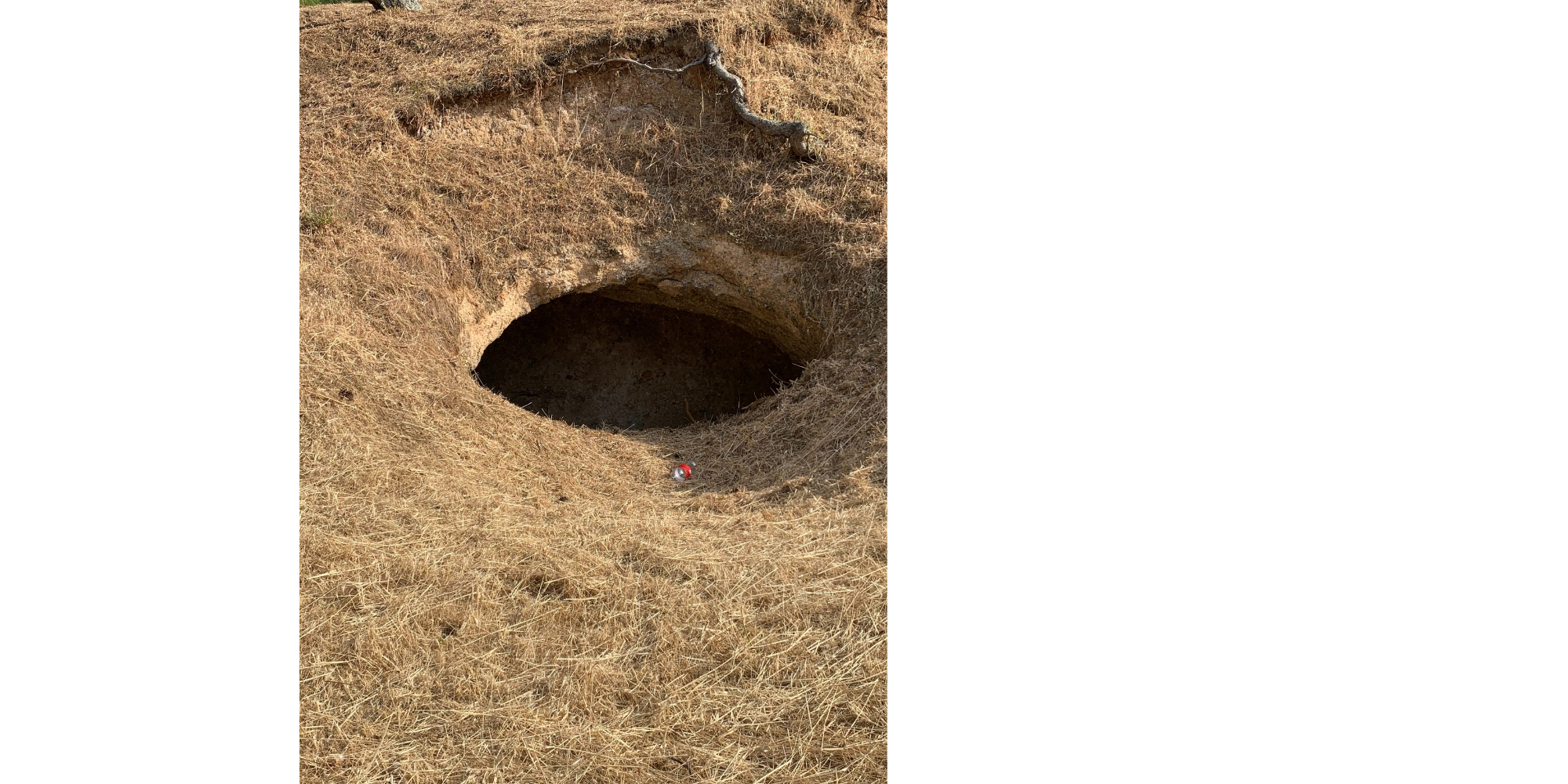
Danae Io
Found vowels
He is shifting through seeds on his palm. Each seed is made out of enamel and resists cracking. He lays them out on a makeshift grid carved on the ground with his fingers. A series of parallel lines meeting perpendicular ones. The grid has 4 columns and 7 rows. He organises the seeds first according to size, then according to weight. Then according to sound. The sound that each makes when dropped to the soil. A subtle yet present sound. Two enclosures of the grid are always left blank. Another two are occupied by a comma in one and a dot in the remaining cell. With each ordering the soil swallows them deeper. With each ordering the ground eats up some newly founded vowels from despair.
_____________
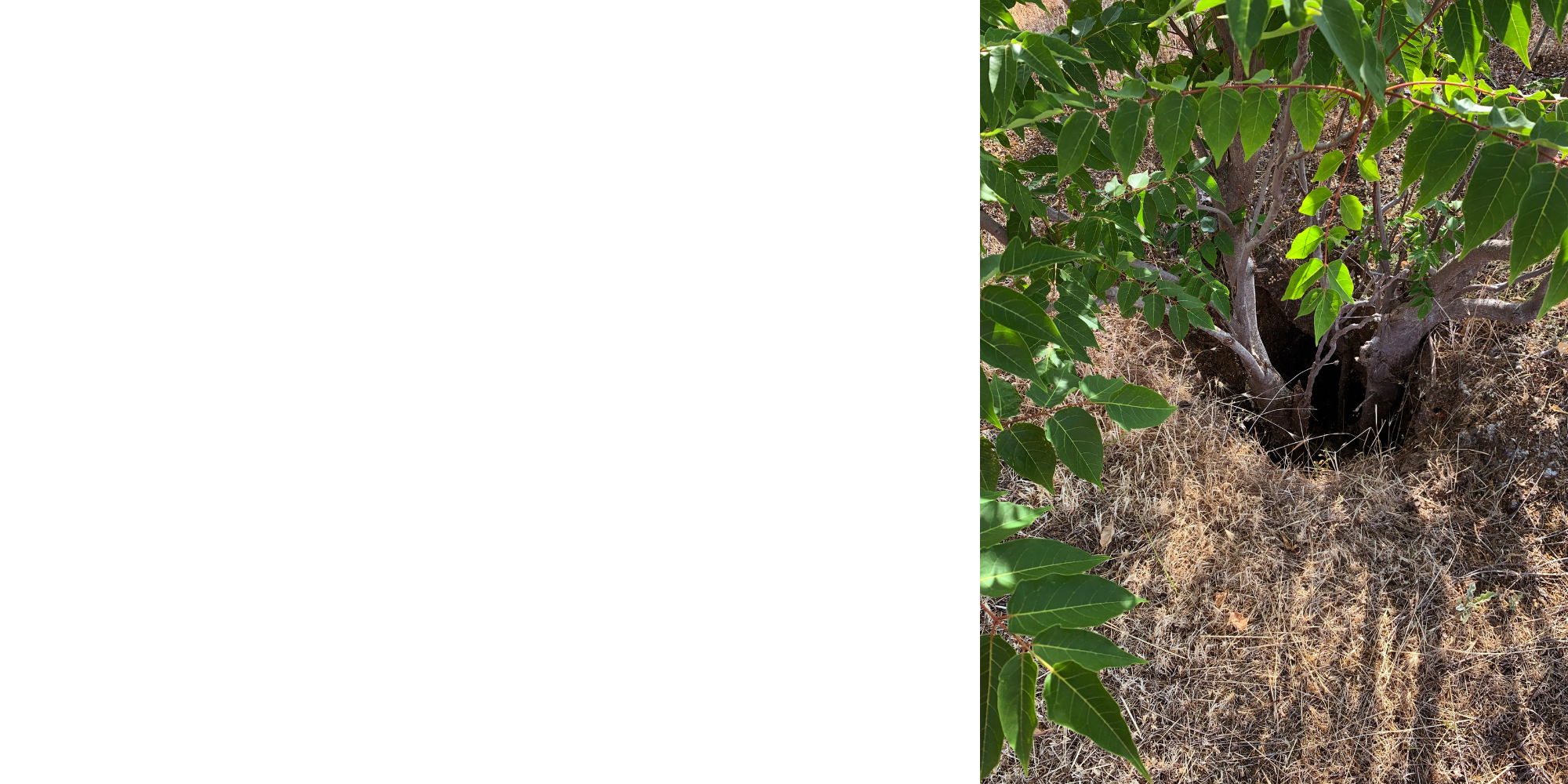
Stathis Gourgouris
Snow and Teeth
***
The snow concealed Thebes from every side, dense and soft like pale ash.
In such cases, you don’t look for what stands out, what exceeds the horizon past the point where the eye ceases to distinguish. The snow, the ash, streamlines all dimensions and softens the unconcealed like a veil.
I could have dug down deeper, to find where the sprouts began—if they existed. To find the buried teeth—if they existed. Because, centuries now, the gods have spoken: myth has no dragon.
If we found the teeth, we would stand proud, as criminologists, that myth is alive. Precisely because we found its corpse, or in any case, its scattered remains: petrified bones or destinies, calcified signals, like chalk that sometimes draws fables on the ground and other times is shattered to a pale dust that stains.
Yet, teeth remain solid. Thousands of years later they continue to emanate.
From buried teeth we discover hidden truths of the past, like, for example, yesterday when it was revealed that Pablo Neruda had been murdered by poison fifty years ago.
As if, surely, we didn’t know. Verification already lies in the poem.
_____________
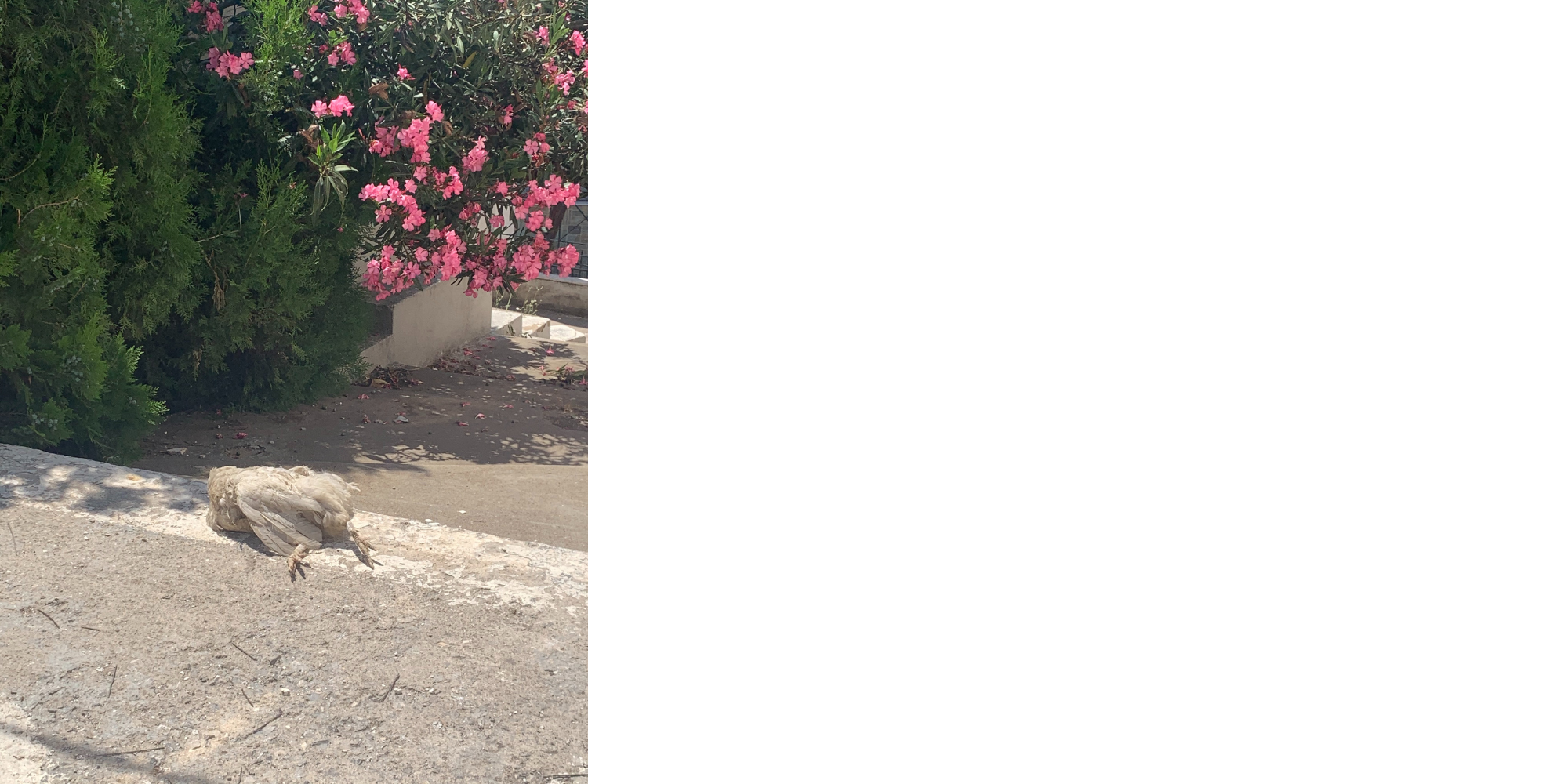
Danae Io
What is born out of the ground?
The stones are burning in July
my eyes are burning too.
On Thebes’ plain the sun is burning the unspoken,
it is translated into sweat.
Cumulative metallic compounds
are transformed into hexavalent chromium
as they weather.
Hexavalent chromium moves within underground waters
and taints them.
Undercurrents metabolise it, carrying it
to melons, potatoes, onions,
acid on marble fragments, burns
on the skin.
Dionysus confided:
“Thebes taints me.
I am turned into an alien,
some foreign outgrowth of her habitual tyranny.”
The metabolism of the plain reacts
with anything that resists being contaminated.
_____________
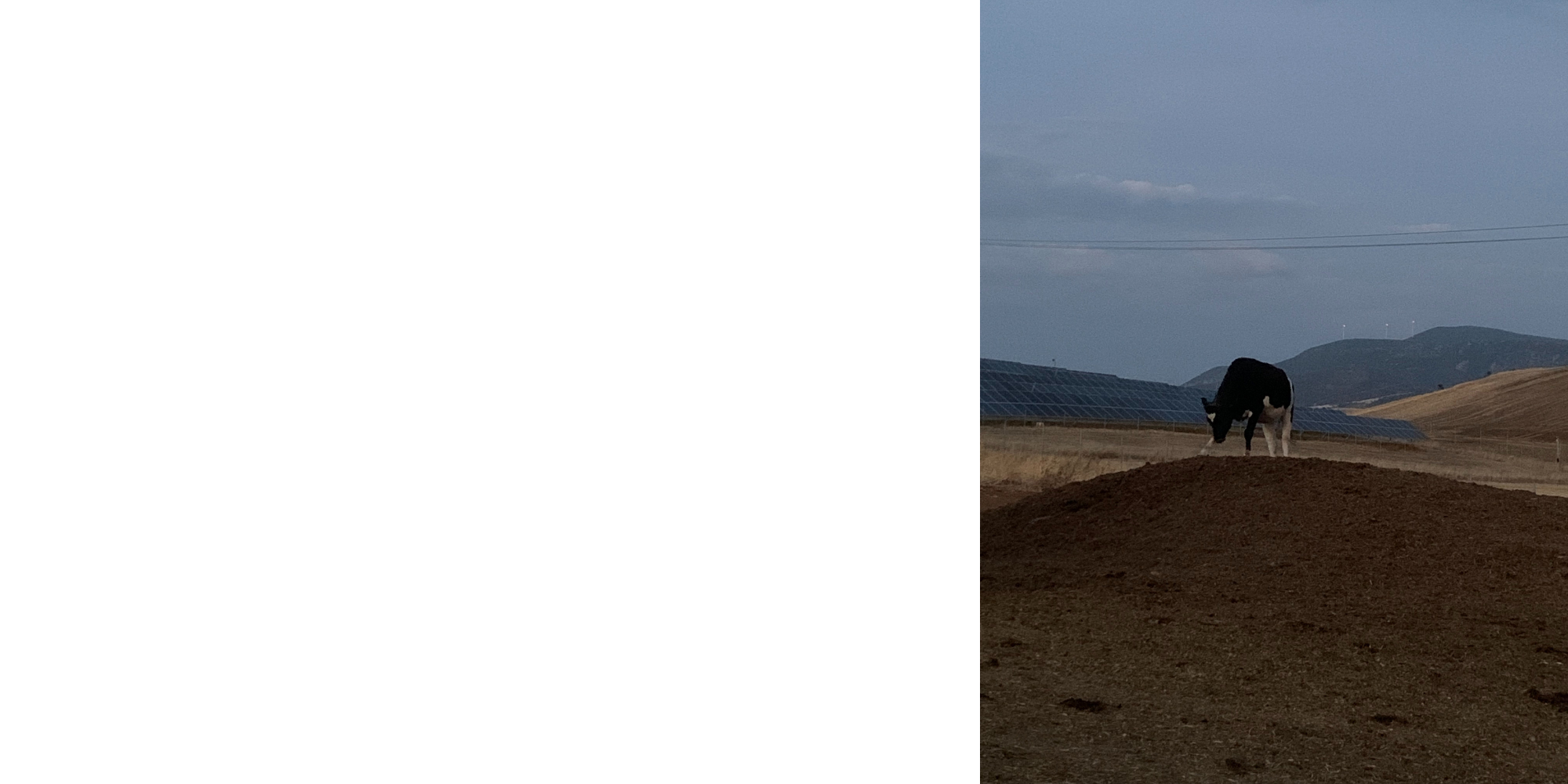
Stathis Gourgouris
Native Stones
They say that, once upon a time, natives were many, but now there are none.
Another side of the story suggests the earth opened up and swallowed them. Exactly like, once before, it spat them out into the center of the world.
Besides, earthquakes are happening daily in Thebes. Earth chasms open up and everyone gets lost in them.
Others say that from the depths of Thebes sprout foreigners.
Passing pilgrims who carry their place inside them.
Even when they lose their way, they find somewhere to ground their touch. Then they look around, and with their eyes shape familiar horizons. And there, they breathe.
Strange how so many people find their oxygen in breathless spaces. They filter the polluted air—centuries of carbon and magnesium, ancient quarries of manifold earth stone. It’s difficult to tell what is carved by humans and what by time. Assorted ruins.
Who ever thought of nature as a production engine of ruins?
And yet. Time never showed mercy on anyone. But time has loved the space dimension from the outset. And so, Thebes remains Thebes, with all the refuse of existence exclusively its own.
Lichen in the scattering
of marble stones.
What lives until when, what
in this abandoned there
touch?
Thebes has always been a passage. Here, millions of all-resourceful travelers distinguished themselves and only the stones can be considered native.
_____________
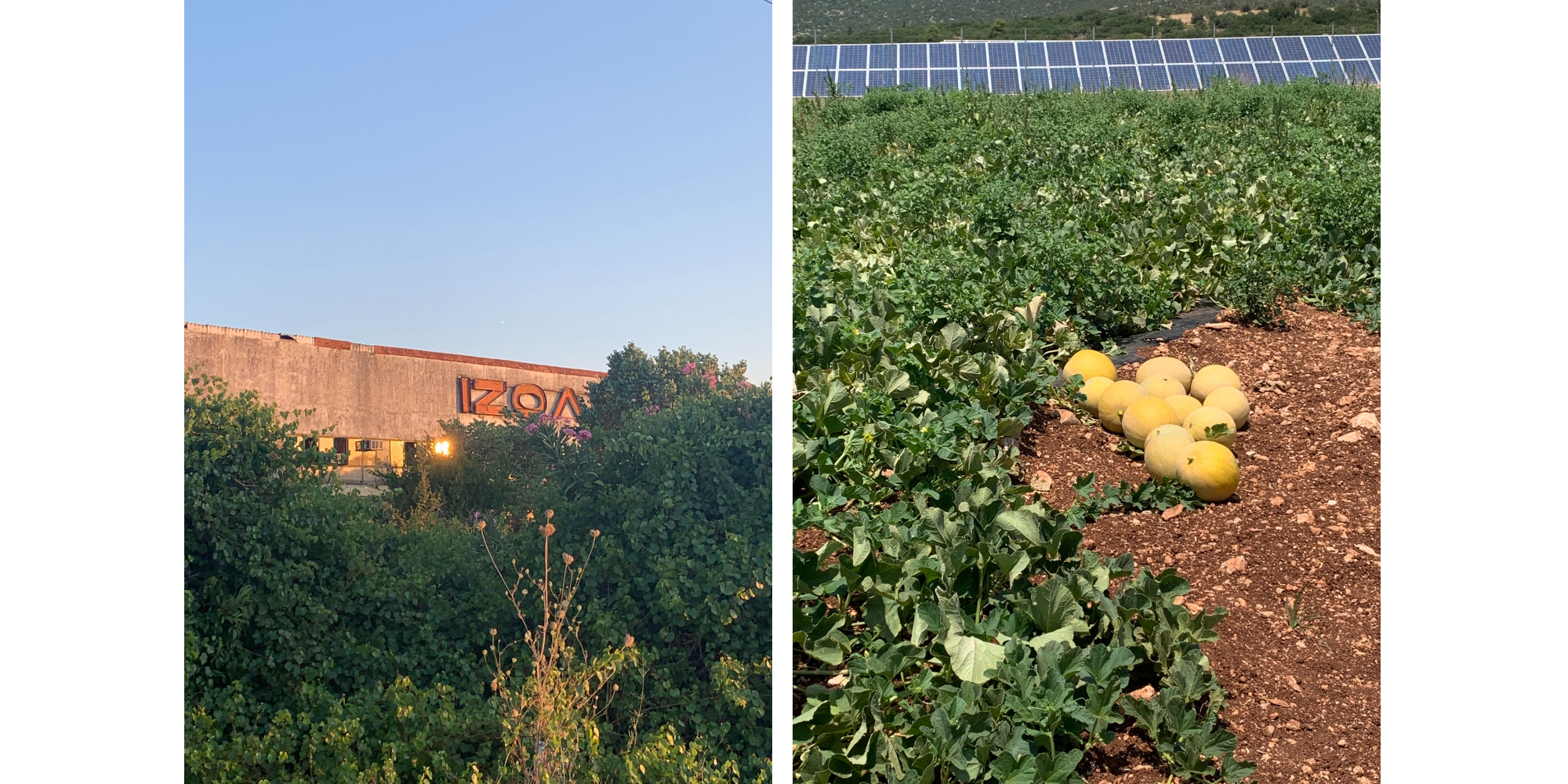
Danae Io
Seven types of dust
There is dust that presents itself as dislocated soil.
Then there is dust generated as debris from the highways.
dust that comes up from the continuous shifting
of the city’s foundations.
Over the past two years, more than 3000 earthquakes have tried to unearth them.
Then there is dust collected on ventilators
and lungs,
remnants of unusable cotton.
Dust freed from the marble quarry.
The dust of the archeologist.
Dust asleep in deposits of stones,
awaiting displacement.
_____________
Stathis Gourgouris
Three specific ways to approach Thebes
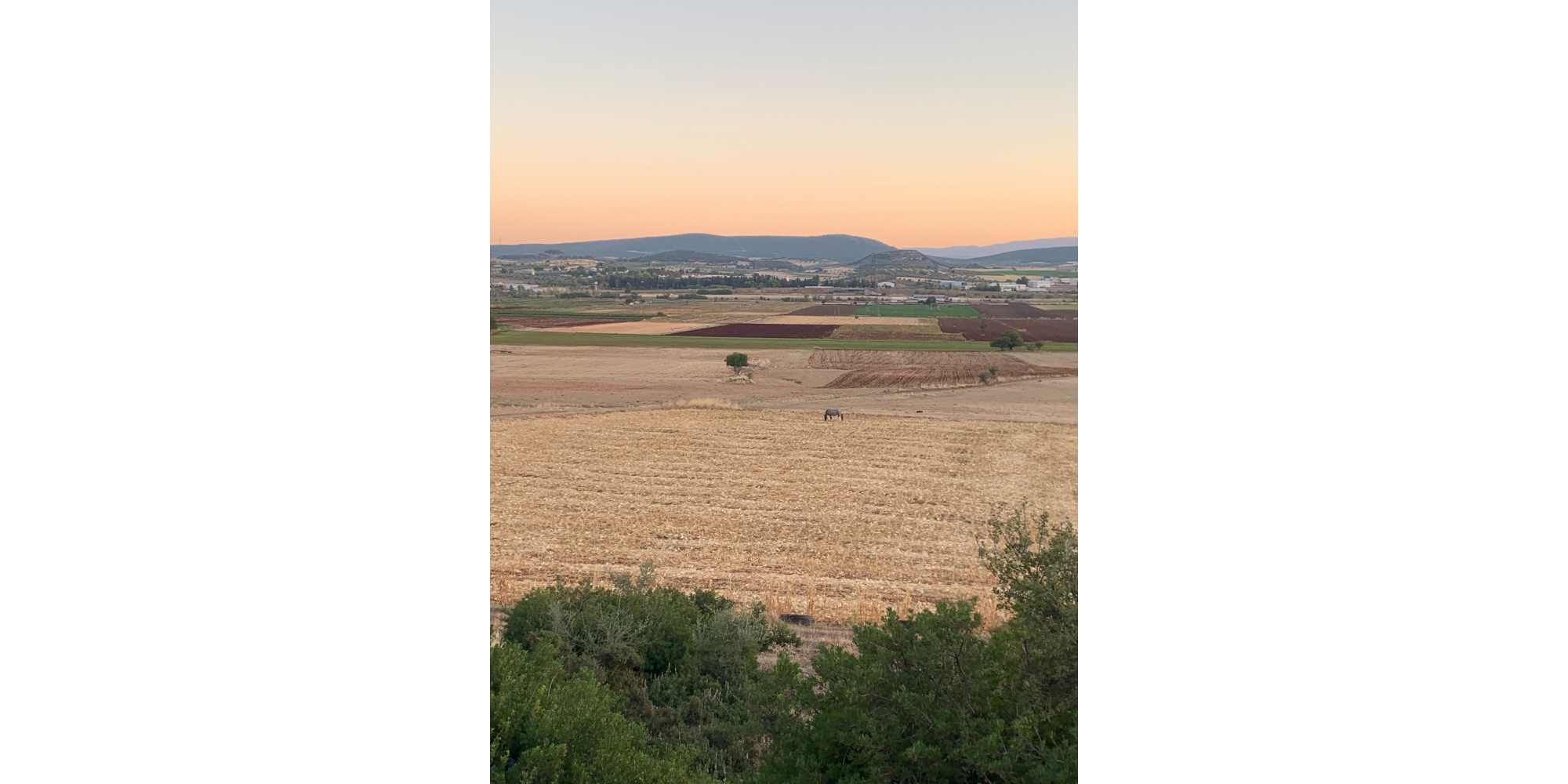
1.
First, from above. Descending Kithairon—a legendary mountain range, whose domain is divided between kings and shepherds.
On Fikyon mountain is where the Sphinx killed herself. No one will ever know her desperation. Do you know what it means to lose an ultimate secret that lives inside you? Others called it a riddle, but for the Sphinx it was her child, it rose from her inner folds.
All of the world’s suicides are Sphinxes. When you wrench from inside them what remains untold, they fall off a cliff and shatter.
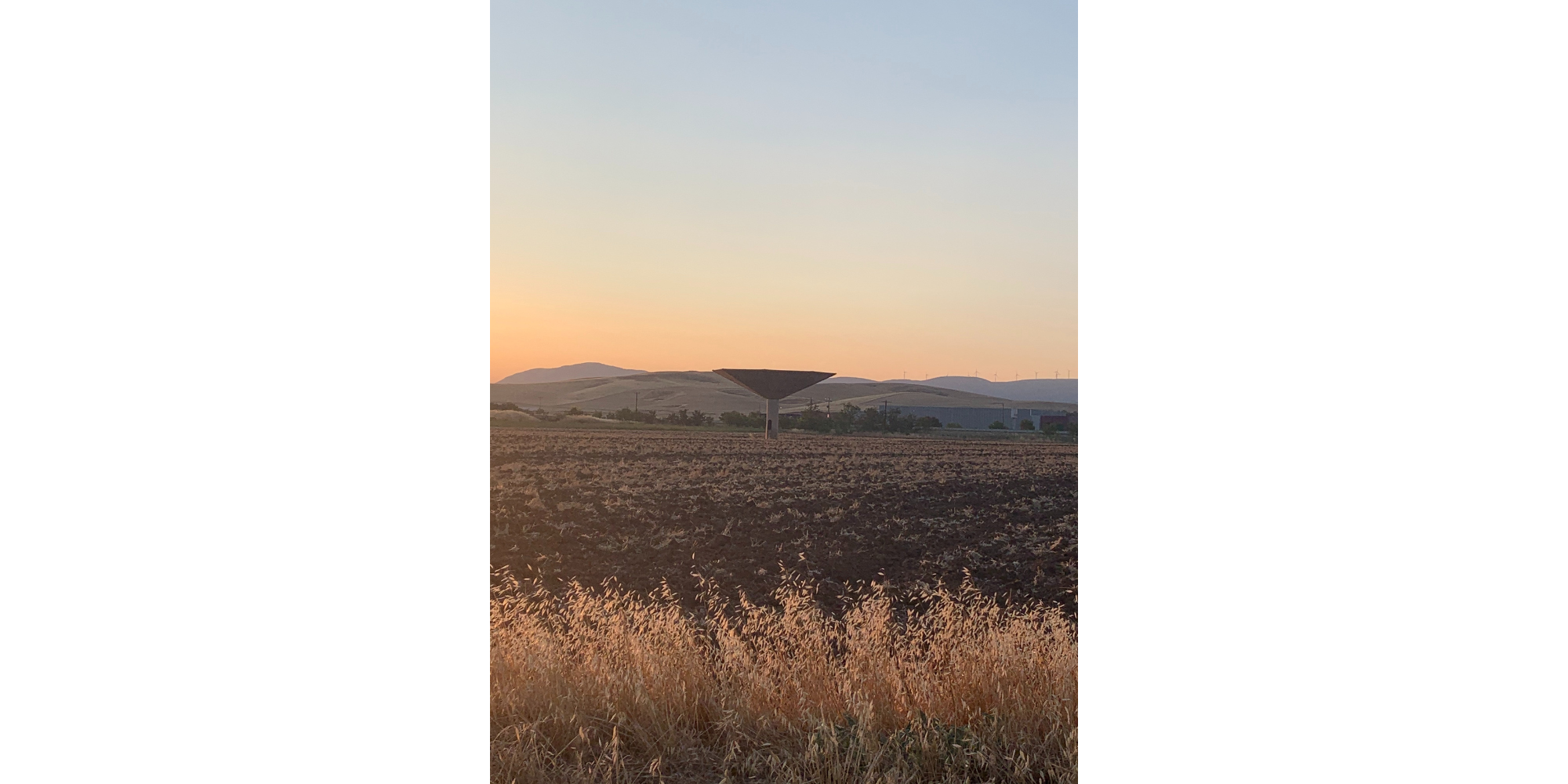
2.
The other way to approach Thebes is level. The perspective of the plains, of lines without corners. This can only be mapped by migratory birds and high-tension electrical wires.
Always exposed from everywhere, Thebes developed the highest military art. Level thought.
Armies populate the entire history of Thebes. From Kadmos to Alexander, conquerors operated along the same straight line. Coming down from the north. Never the reverse—except for the Athenians. Thebes was traversed by Byzantines, Slavs, Arvanites, Turks, and Germans. Tourists, almost never.
Really, why would you build a city on such an open plain? Everyone gazes at you without qualms. Everyone covets you, and permeates you throughout the centuries.
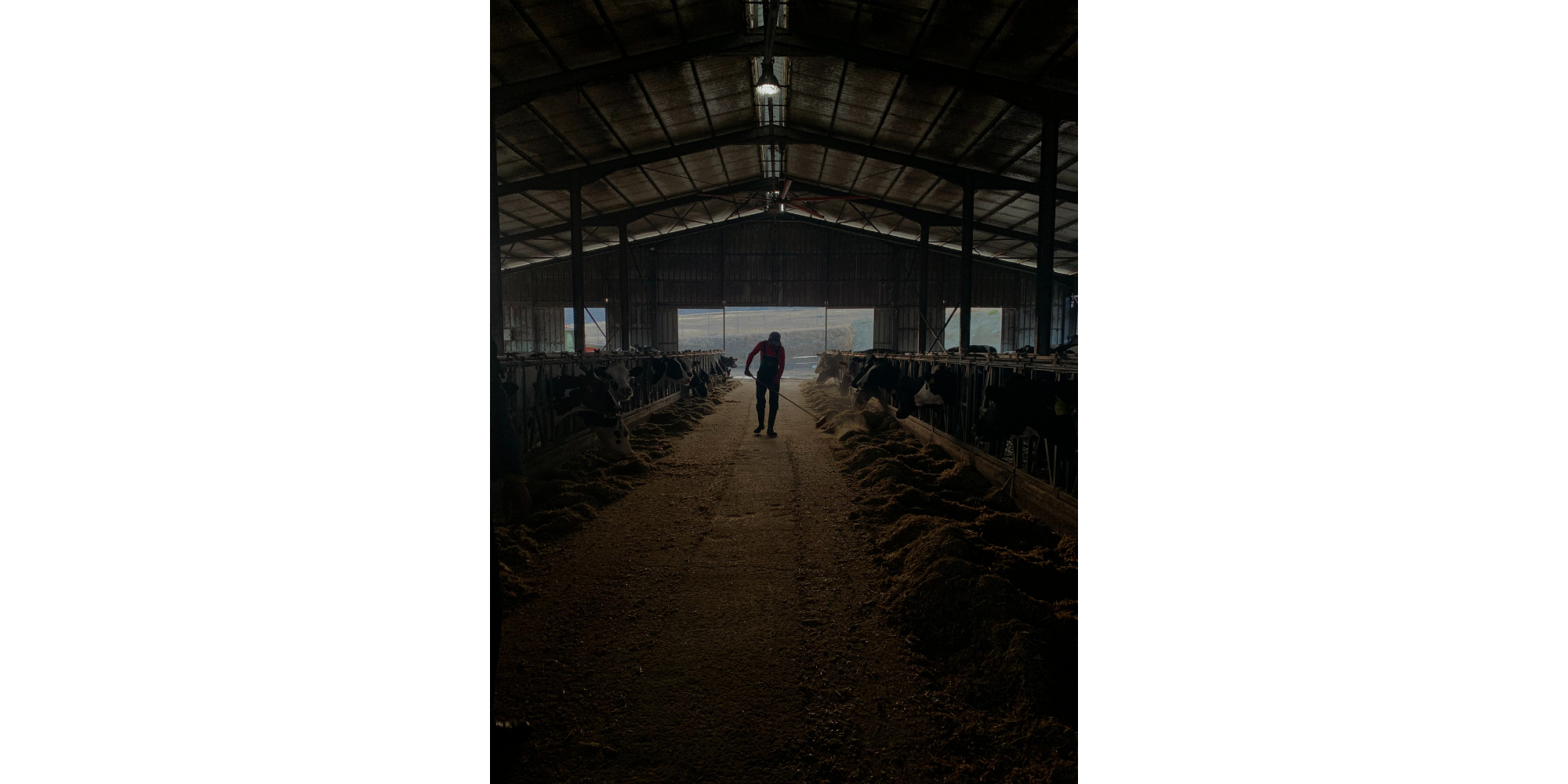
3.
Even if no one can quite stand it, there is a third way: the subterranean approach.
Not that anyone opens tunnels, passages to the underworld. The ground under the city is really hard. Nothing sprouts from it.
Thebes has always been a passage. Here millions of indigents lost in aporia were dragged through the mud. Only the stones can be considered native.
_____________
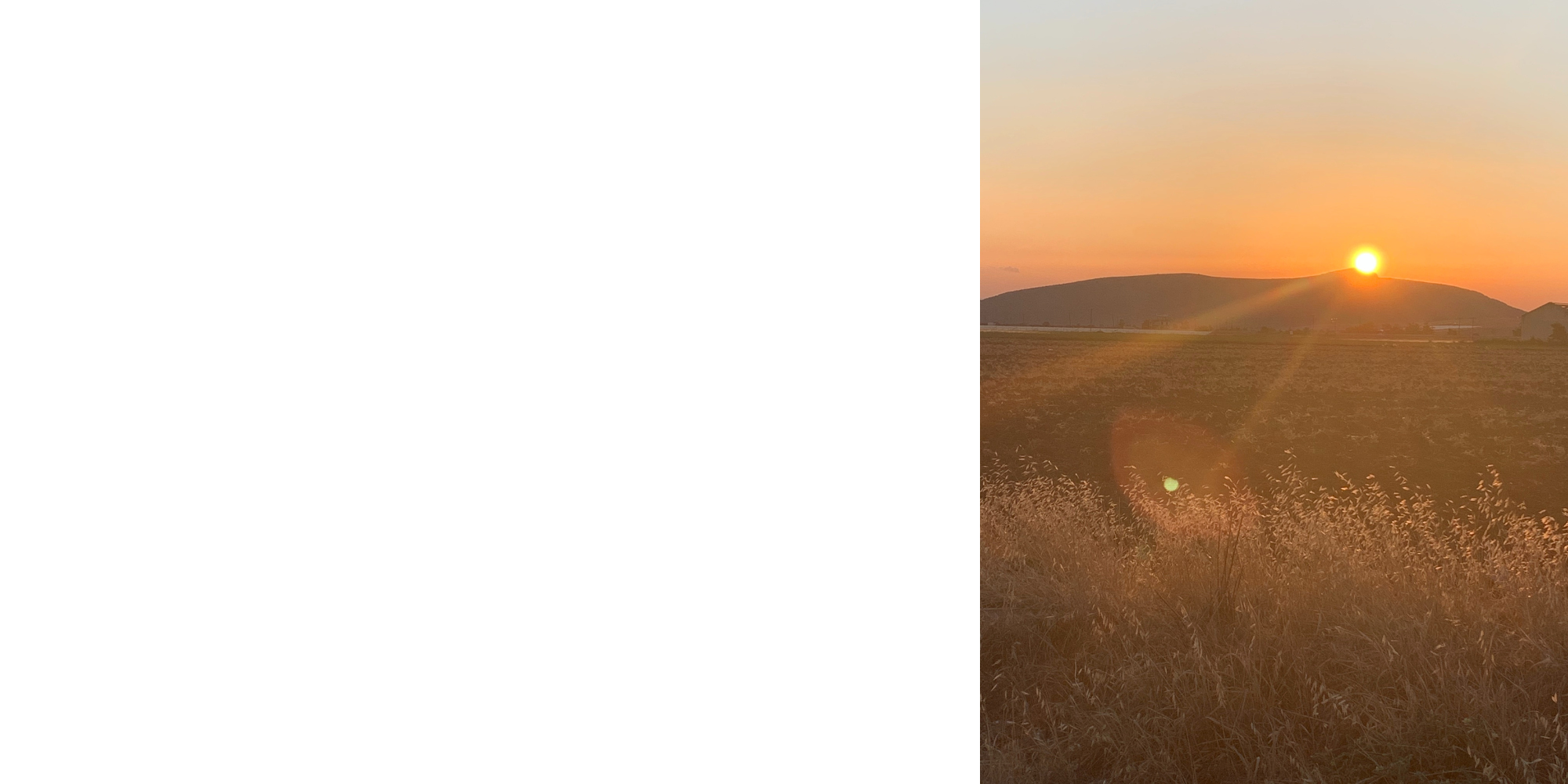
Wayside
I see the ground up in flames
a rock envelops an entire smokestack,
a tree line overtakes the street,
dried thistles eat some figures, but
let them out again
I am turning into the crust of water
covering the asphalt
reflecting the entire sky
a truck pours out to the ground,
Its corners spill out before,
regaining its form closer to my eyes
Lines of leafy plants are bubbling,
they disorder all insects around them,
they spit them out again
Hot air is bad for directions
every sentence loses its punctuation,
under certain conditions,
it loses its edges,
before turning
into another
I’ve been told that heat “swallows up
distant objects completely”
under certain conditions,
the objects’ boundaries get linkedin
a sustained state of indecision
_____________
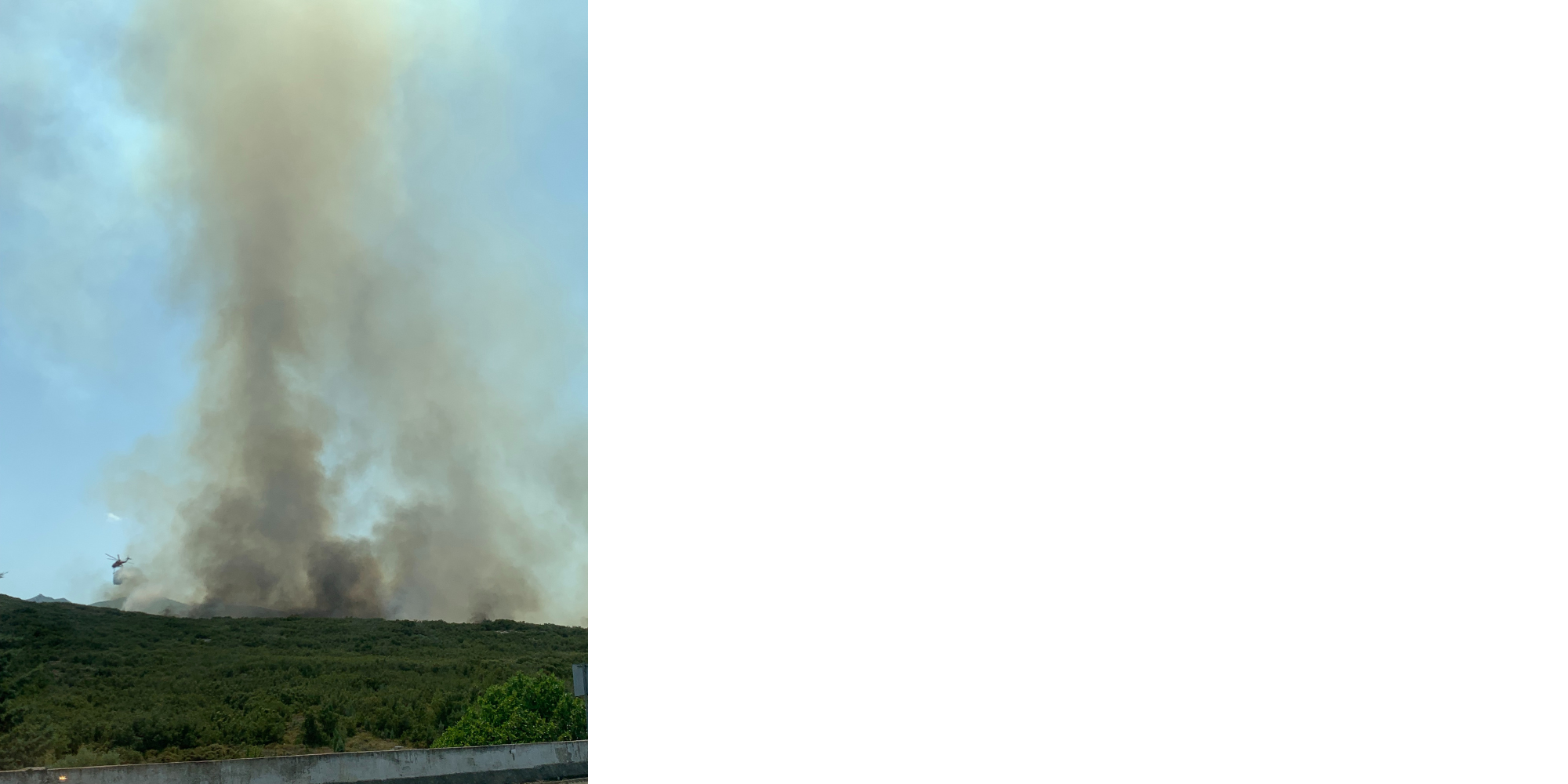
_______________________________________________________________________
